If anything encapsulates the madness of Ruf Automobile GmbH, it’s a Porsche 550 Spyder hovering six feet above the red-tiled workshop floor. The rear portion of its tiny fibreglass shell has been stripped away to show the tubular chassis, but where you’d expect to find a 1498cc flat four with double overhead cams, there’s only fresh air.
This being Ruf, all is not what it seems. The disc brakes and coilover suspension aren’t period, so I’m prepared when engineer Rafael Riethmüller tells me one of the company’s 4.1-litre flat-six Mezger engines is waiting to be installed. There follows a moment of silence, broken by an expletive. More than 400bhp in a car weighing 550kg with a chassis designed from the early 1950s isn’t so much eccentric as psychotic. But Ruf will do that for you, if you want.
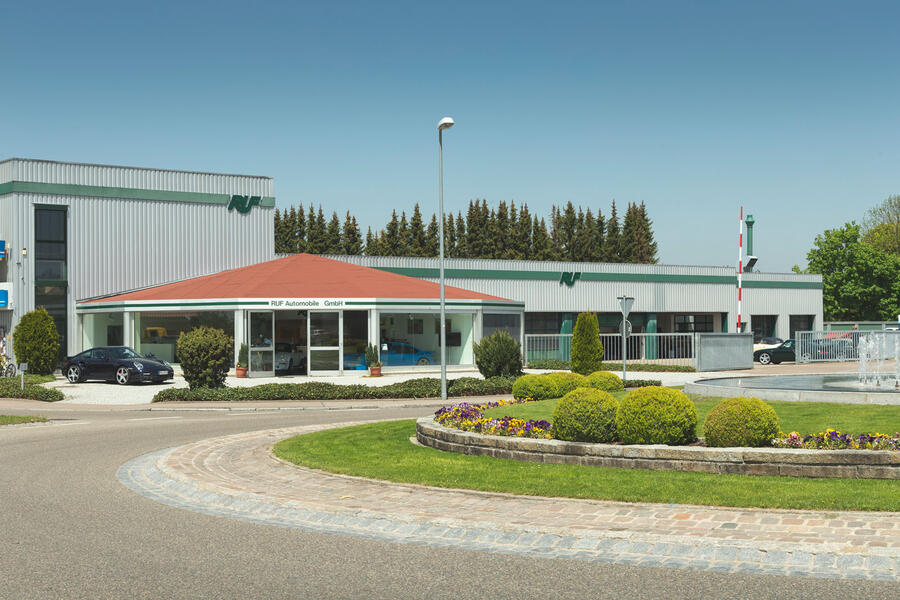
“It will be a real challenge to drive,” says Riethmüller, helpfully. And on we go: to a military-green 964 911 Carrera whose conversion to Ruf specification is almost complete after three months’ work and between €200,000 (£170,000) and €300,000 (£260,000) spent. It’s so expensive because Ruf starts from ground zero, restoring the car while recrafting it in its own image. There’s now an integrated roll-cage hidden behind soft leather that matches the exterior hue. All air-cooled Rufs also get upgraded Bilstein suspension and the 3.6-litre engine in this one has undergone a turbo conversion and now has an entirely new top end. It’s unlikely many modern sports cars would keep up with this thing on the open road, and yet it still looks, feels and will sound very much like a machine of its time.
Elsewhere lurks an RT12R: Ruf’s 800bhp take on a modern-day 911 GT2, said to lap the Nürburgring in under seven minutes. It belongs to founder Alois Ruf’s son (also named Alois, and current president), as does the verdant green 356 Coupe outside the paint shop. This sensational piece of history benefits from Porsche 911 axles and a flat four tuned to 180bhp, because nothing here is ordinary. As if to underline that fact, Stefan Roser – the CTR powersliding hero of Faszination On The Nürburgring – has just appeared from the glass-fronted reception area.
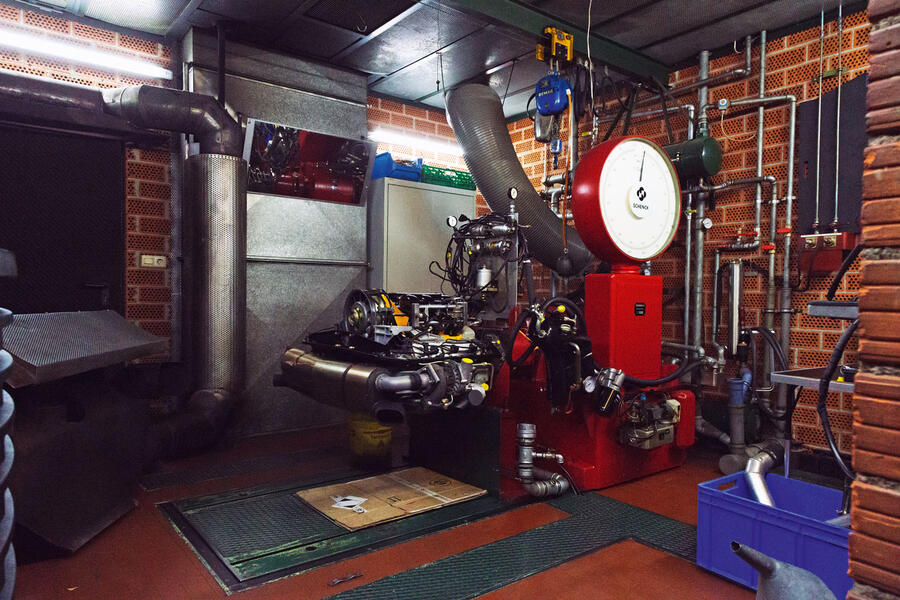
Ruf’s workshop exists in small Bavarian farming town Pfaffenhausen, and this year marks exactly eight decades since Ruf Sr set up shop as a mechanic on the same site. In 1949, the petrol station – now an Aral franchise, with 102-octane super-unleaded on draught – sprung up as an annex, and with glorious driving roads on their doorstep and access to both autobahn and Alps, it doesn’t take a mastermind to see why Ruf never has felt the need to leave.
But Ruf is going places – if not geographically, then in terms of its ambitions. “People don’t know what we are really doing,” says Riethmüller, who as a suspension and tyres expert has the sort of brain a magazine road tester would trade his or her home to download. “Even people who are really interested in cars don’t know how deep it goes in engineering.” Which is where it gets interesting because, if toys like the 550 Spyder bring the madness, then the all-new SCR and CTR show some serious method. You may already know these cars. They’re space-age reinventions of seminal Ruf models introduced in the 1970s: the new 3.6-litre CTR is still turbocharged, the 4.0-litre SCR its naturally aspirated sibling. They channel the 964 911 with upright headlights, narrow(ish) bodies and a droopy tail but, more than that, they are the first cars Ruf has ever conceived completely from scratch, and aim to feed on our current nostalgia-bred, Instagram-fuelled hunger for supercar throwbacks with bleeding-edge performance. Naturally they’re not cheap, costing around €700,000 (£600,000), which seems extortionate until you’re standing underneath one, chatting to someone who helped design and build it.
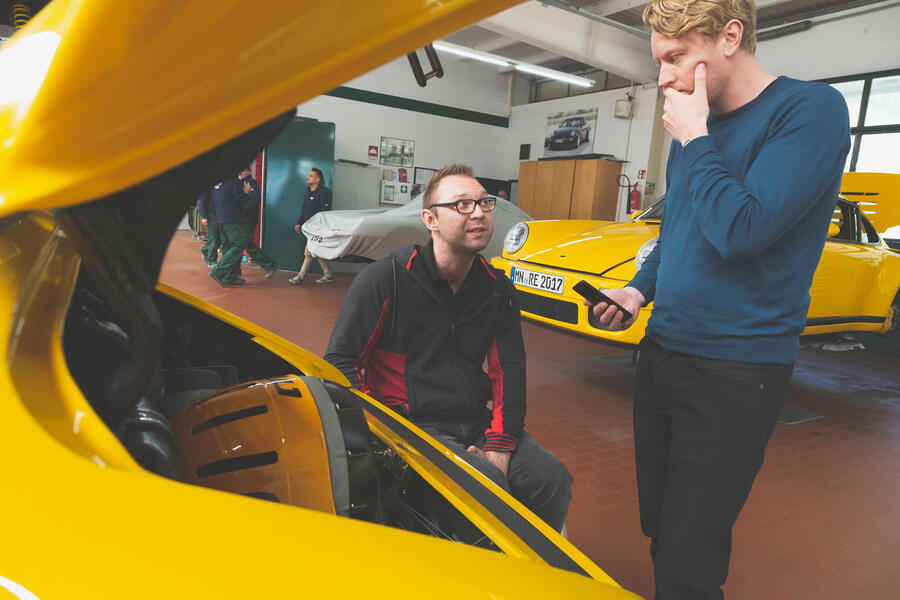
“The project started in 2012,” says Riethmüller, “because that’s when we had an RCT Evo on our stand at Geneva.” Ruf clearly wasn’t expecting the 199mph, 964-based Evo to generate such a buzz, but several were sold on the stand and that prompted Alois Jr to think about a truly modern 964 reincarnation. The new cars therefore look familiar but architecturally have more in common with a Lamborghini Aventador than a traditional 911. At each end you’ll find double-wishbone suspension with pushrod-actuated dampers. There are then steel subframes bonded to a carbonfibre monocoque built by the same company that does the DTM monsters. In fact, the tub weighs less than me, and with every exterior panel also made from carbonfibre, the total kerb weight is 1200kg – roughly the same as a 993 GT2. The only original Porsche parts are windows and windscreen wipers borrowed from the 964 and 993 catalogues respectively. Even the six-speed manual gearbox is a bespoke job from engineering giant ZF – an otherwise stratospherically expensive venture made possible for an ultra-specialist such as Ruf only by Alois’s personal connections in Friedrichshafen. The casing is even embossed with an italicised ‘RUF’. Meanwhile, the steering will be hydraulically assisted – technology to which Porsche itself said goodbye almost a decade ago.
And now we need to issue an apology. On the day photographer Luc Lacey and I arrive in Pfaffenhausen, the Blossom Yellow CTR we’re due to cover is out of action with an engine issue and there is no SCR simply because Ruf hasn’t built one yet. We are offered this orange SCR prototype, though. It uses a 993 platform, only with the front axle brought 20mm further forward and the rear axle pushed back fully 70mm, and so while it doesn’t benefit from the all-new €10 million (£8.64m) chassis, the wheelbase is the same. Let’s not pretend, though. What promised to be some sensational driving impressions will have to wait for another day. And yet what this prototype does possess is very special indeed, and as yet inexperienced by anyone not on Ruf’s payroll. It’s the magnificent naturally aspirated engine bound for the finished car.
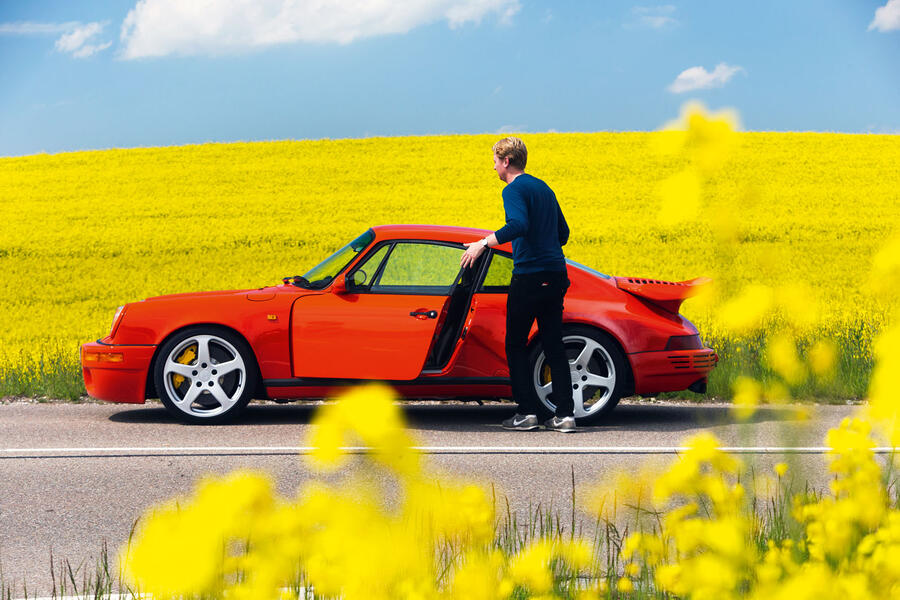
As with almost all Ruf’s motors, the basis for this new unit is Porsche’s 3.6-litre Mezger flat six. Experimental iterations were bored and stroked out to 4.3 and 4.2 litres, though precisely four high-revving litres was found to be the sweet spot. Ruf then fits titanium con-rods, forged pistons and the crankshaft from the Le Mans-going 997 GT3 RSR. The exhaust is made from Inconel, which is an alloy long favoured by Formula 1 teams for its strength and heat resistance, and altogether the system makes around 520bhp without a compressor wheel in sight.
We’re only heading out for a short meet and greet with the car and for Luc to get some photos, so I try to absorb as many impressions as possible as quickly as possible. The clutch has an old-school heft, though Ruf will offer owners servo assistance. The SCR driveline also uses a single-mass flywheel and the clutch biting point is wafer-thin. The flywheel and valvetrain clatter gently as we nudge out onto public roads, and it gives me butterflies. The larger SCR’s cabin will obviously feel different as this is a 993 shell, but they say it will be closely related: A-pillars sat well back for an endlessly broad field of vision; a telepathic awareness of where the car’s extremities lie; an immersion in the driving controls. You’ll wear the SCR, if you’ll excuse the cliché, like a 520bhp glove.
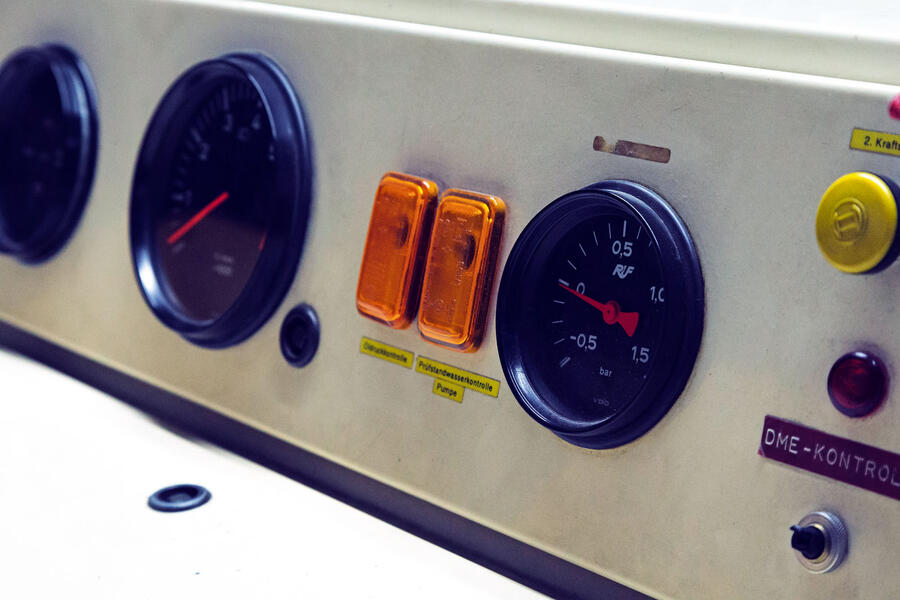
We could talk about the ride and handling but, even by Riethmüller’s own admission, the geometry on this powertrain prototype is slapdash. Best focus on the engine bay. As a highvolume producer, Porsche is now obliged to fit sizeable particulate filters that limit the screech of its own 4.0-litre flat six. But Ruf isn’t, and so this engine now feels in a different league of intensity. Sharp cams mean the mechanical backbeat laid down at idle continues as the tacho goes past 2000rpm. Then at 3000rpm the profile changes and the noise rises in pitch, smooths out and quietens ominously. This is the tidal ebb before a tsunami hits at around 5500rpm. The induction noise from this point on is simply extraordinary, the intake howling in a hollow fashion a bit like that of the 3.2-litre straight six in BMW’s M3 CSL, only an order of magnitude more vicious. Approaching 8500rpm, the sound hardens to a singularity that among the SCR’s expensive peers is comparable only to 12-cylinder Ferraris, but rawer still. Open the clutch and the revs then fall with the weightless immediacy of a feather in a vacuum, then off you go again.
With a new carbonfibre-rich chassis to propel, this engine will ensure the SCR is massively quick, but even were it not, would it really matter? I honestly don’t think so. This is a powertrain of spectacular linearity and fist-gnawing precision. Just like Roser lighting up the Yellowbird on the Nordschleife for Faszination, objectivity doesn’t matter.
We take the car back to base and then ponder on the drive to Munich airport. In 1978, Ruf built the original SCR in response to the 911’s expected demise at the hands of the front-engined 928. That never happened, but there’s a parallel. The SCR of today will be born into a world where such pure chassis engineering, manual transmissions, naturally aspirated engines and compact dimensions are rare enough individually, but in a single package? It doesn’t exist. This car is a challenge to the demise of the analogue supercar – one that’s out of reach of legislation because of Ruf’s minuscule production volumes. With its Yellowbird lineage and gut-heaving turbo performance, the 710bhp CTR will grab the headlines, but on this evidence the SCR could be the real jewel.
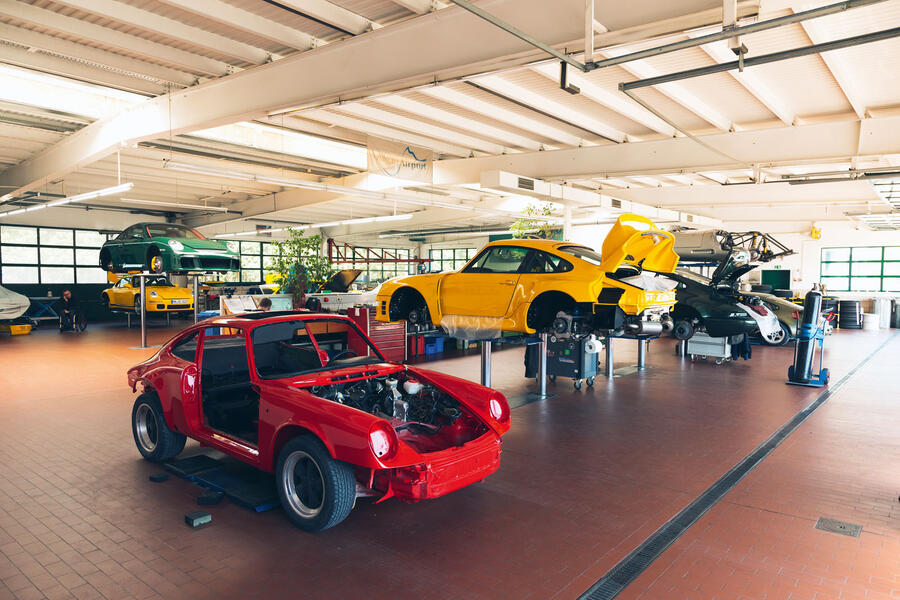
So you want to buy a Ruf...
Buying anything from Ruf is unlike buying even the most exclusive Porsche models. In the UK, your first port of call would be Richard Sekula, who since 2016 has acted as the marque’s sole concessionaire.
Though Ruf builds a range of cars based on the 991-generation 911 – cars such as the Turbo Florio and RTR – there are no off-the-shelf models and the degree of customisation is never less than comprehensive, particularly for cars based on earlier Porsche series. In most cases, prospective owners are therefore taken to the factory in Pfaffenhausen to see the workshop, meet Alois himself and perhaps get some inspiration before a deposit – usually between £50,000 and £100,000 – is taken and the build commences.
Those with less prescriptive tastes might be tempted by a second-hand example. At the time of writing, Ruf UK was offering a CTR2 with 49,000 kilometres and a 645bhp 2013 RTR ‘Narrow body’ for a cool £240,000.
Ruf's greatest creations
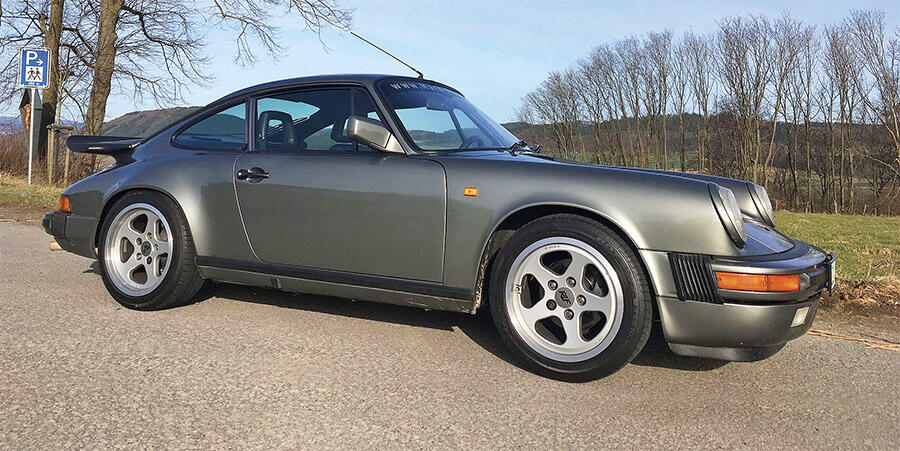
SCR 1978: Before the name Ruf became synonymous with high-output turbo engines, it built the beautiful SCR. Porsche’s contemporary naturally aspirated flat six was enlarged from 3.0 to 3.2 litres and power duly rose from 178bhp to 214bhp, bringing with it 930 Turbo-like performance. With a model hierarchy to maintain, it would take Weissach six years to catch up without help from turbochargers.
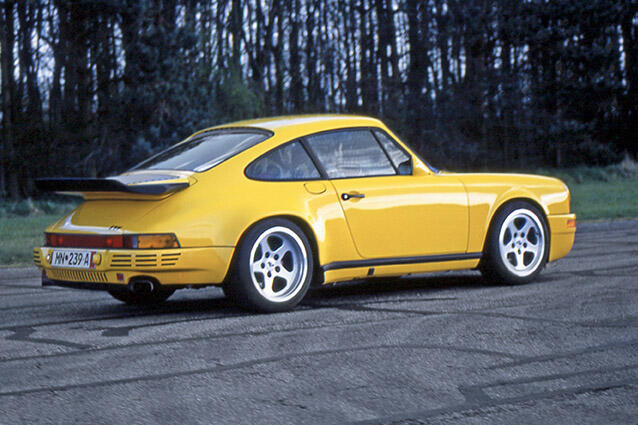
CTR 'Yellowbird' 1987: The most recognisable Ruf of all: 3.4 litres of twin-turbocharged flat six and star of a Nürburgring film that went viral long before the advent of YouTube. The official 469bhp is said to be conservative, with almost all Yellowbirds making more than 500bhp. Group C-spec brakes and Dunlop Denloc tyres helped contain the fury. “Imagine doing 212mph when a MkII Golf GTI was a fast car,” says Riethmüller. Quite.
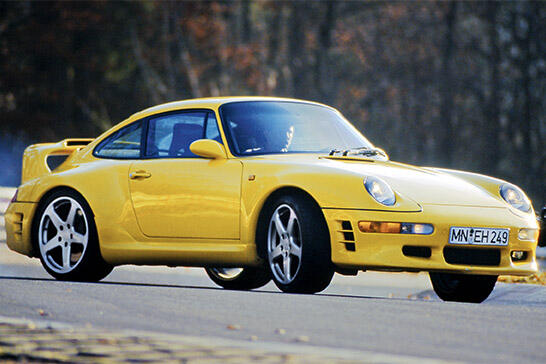
CTR2 1995: Ruf reprised the CTR name for the 993-generation 911, and scored a second-place finish at the 1997 International Hill Climb with the engine tuned to more than 700bhp – having driven to the event with licence plates attached. As you’d expect with taking a car as quick as the 993 911 Turbo as its starting point, the CTR2 was hugely fast: 213mph flat out and 0-100mph in 7.6sec.
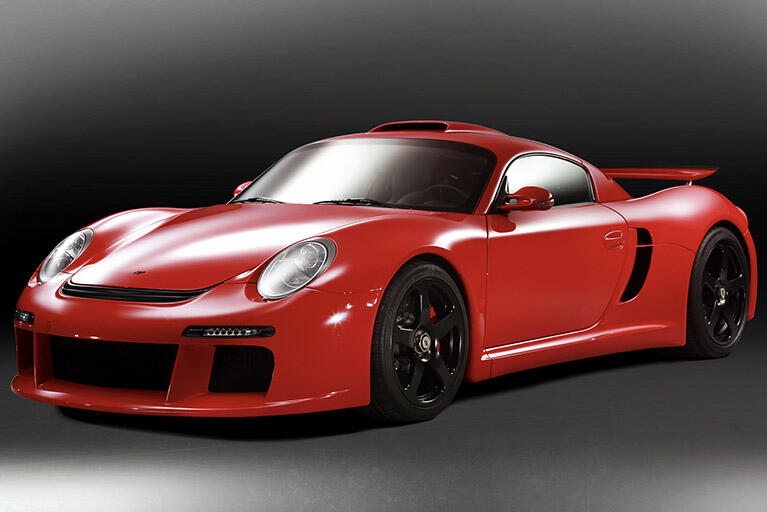
CTR 3 2009: The mid-engined CTR3 was Ruf’s first stab at what many would now see as a 21st-century hypercar. And it had the numbers to back it up, making 691bhp from a twin-turbo flat six and putting it to the road through a six-speed sequential ’box and the rear axle alone. Top speed? A monumental 235mph. More than anything else, however, this was a fabulous driver’s car, with surprisingly benign handling.
READ MORE
Ruf CTR - the 700bhp sports car inspired by the Porsche 911
The best cars from the classic rebuild industry
All mod cons: Driving Porsche, Jensen and Alfaholics restomods

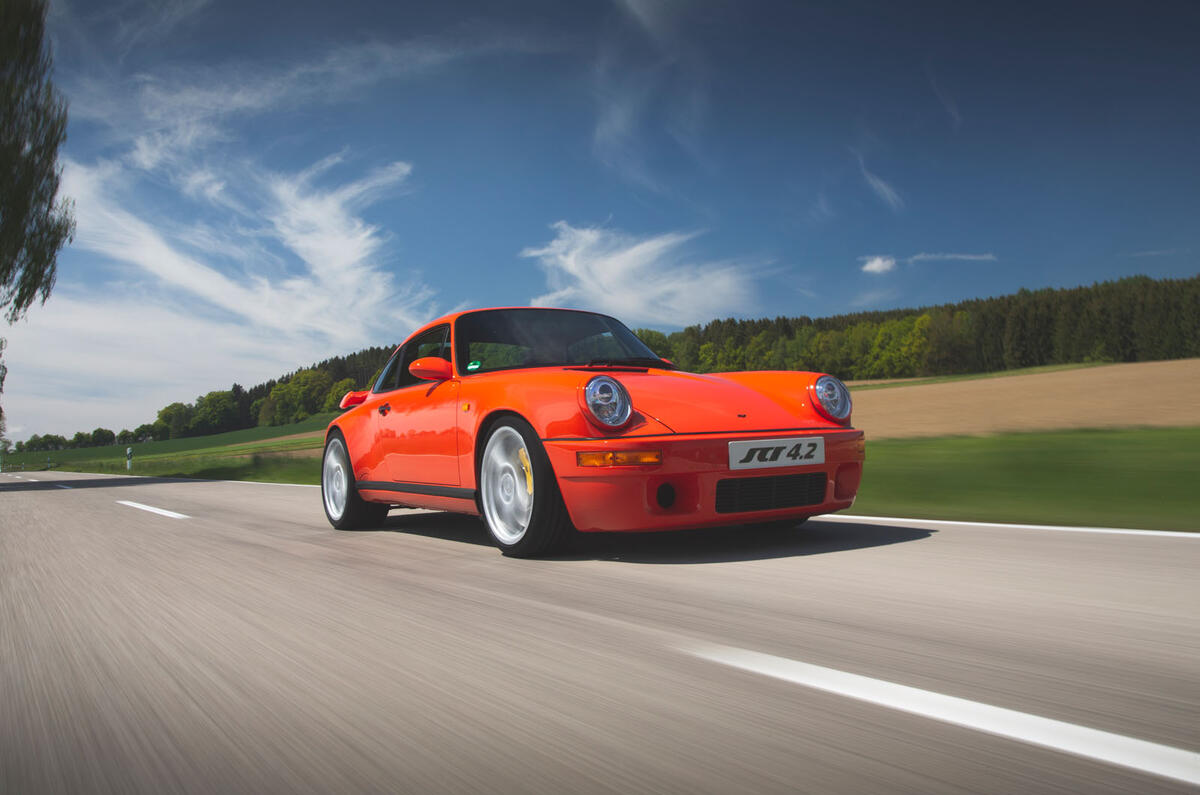


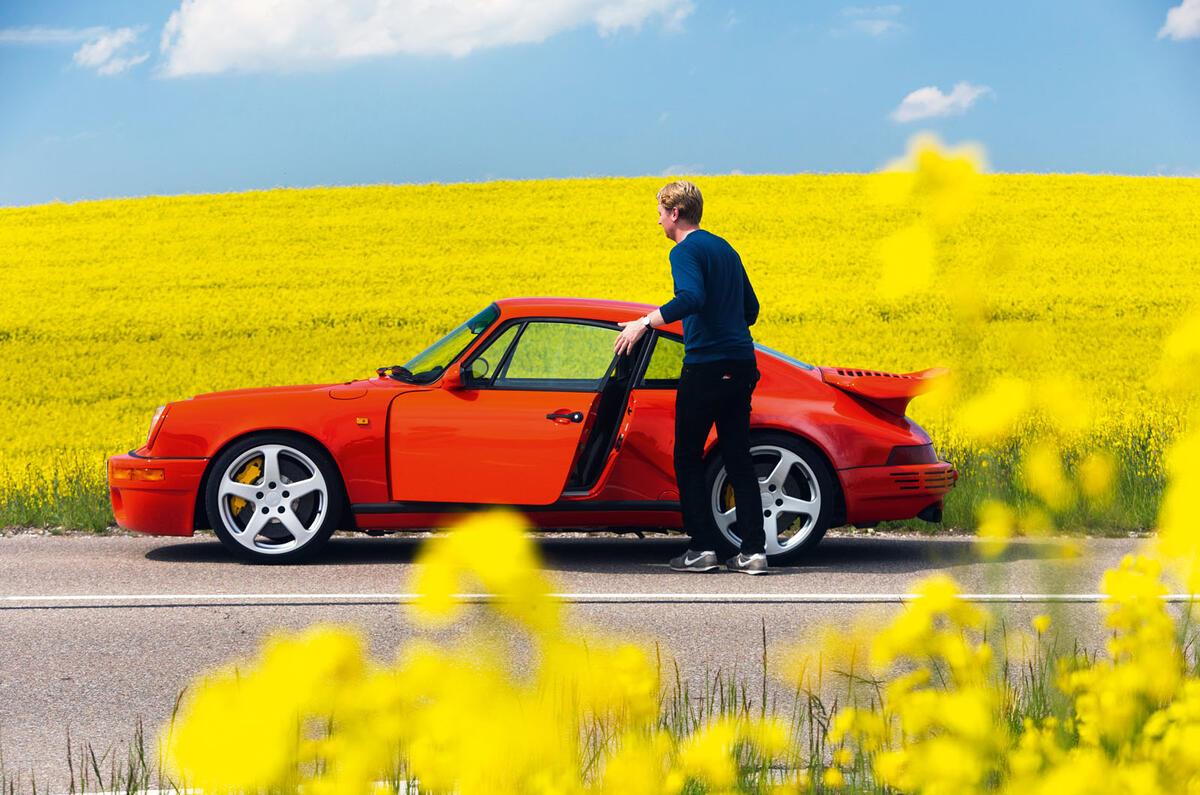
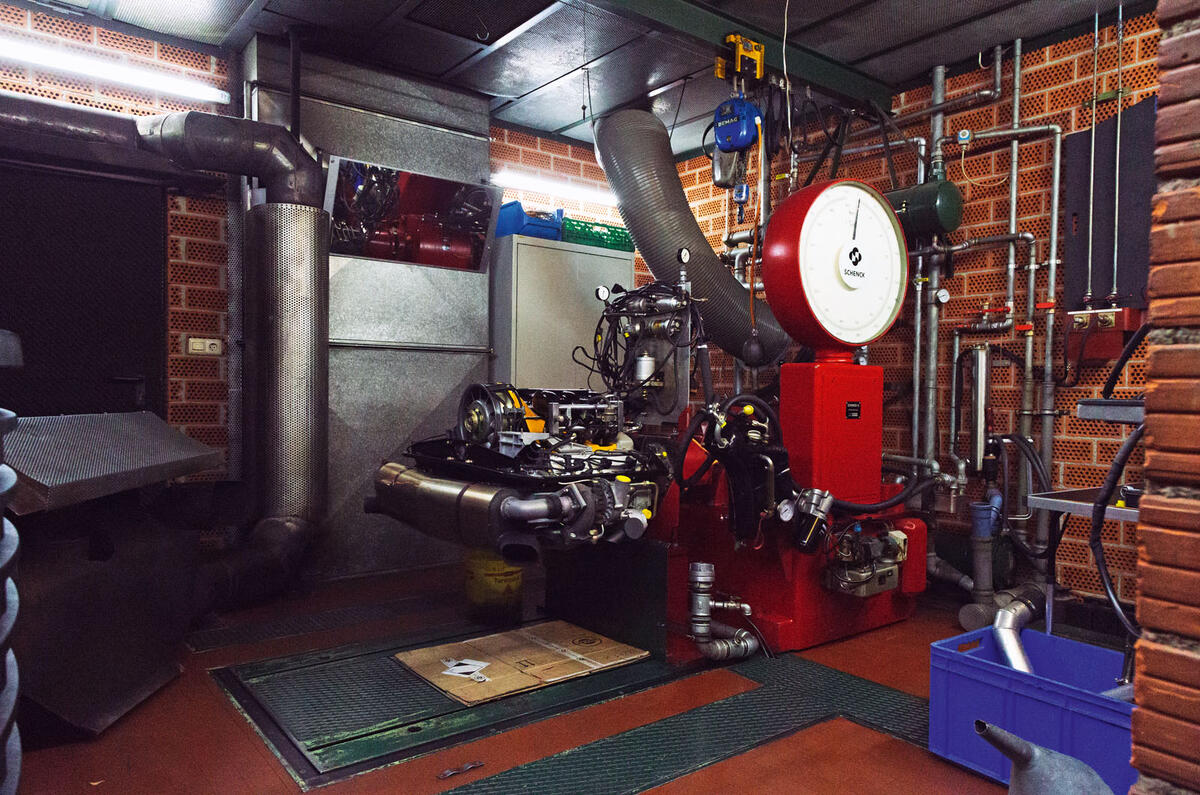
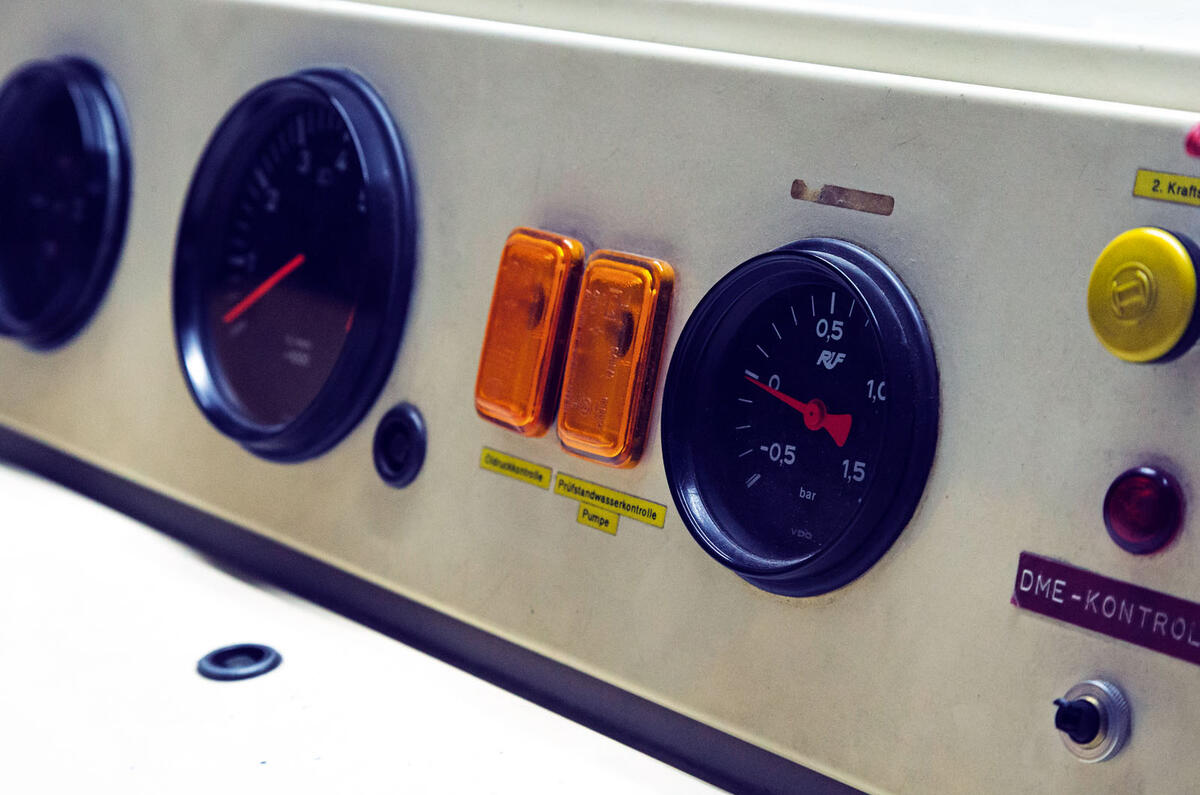

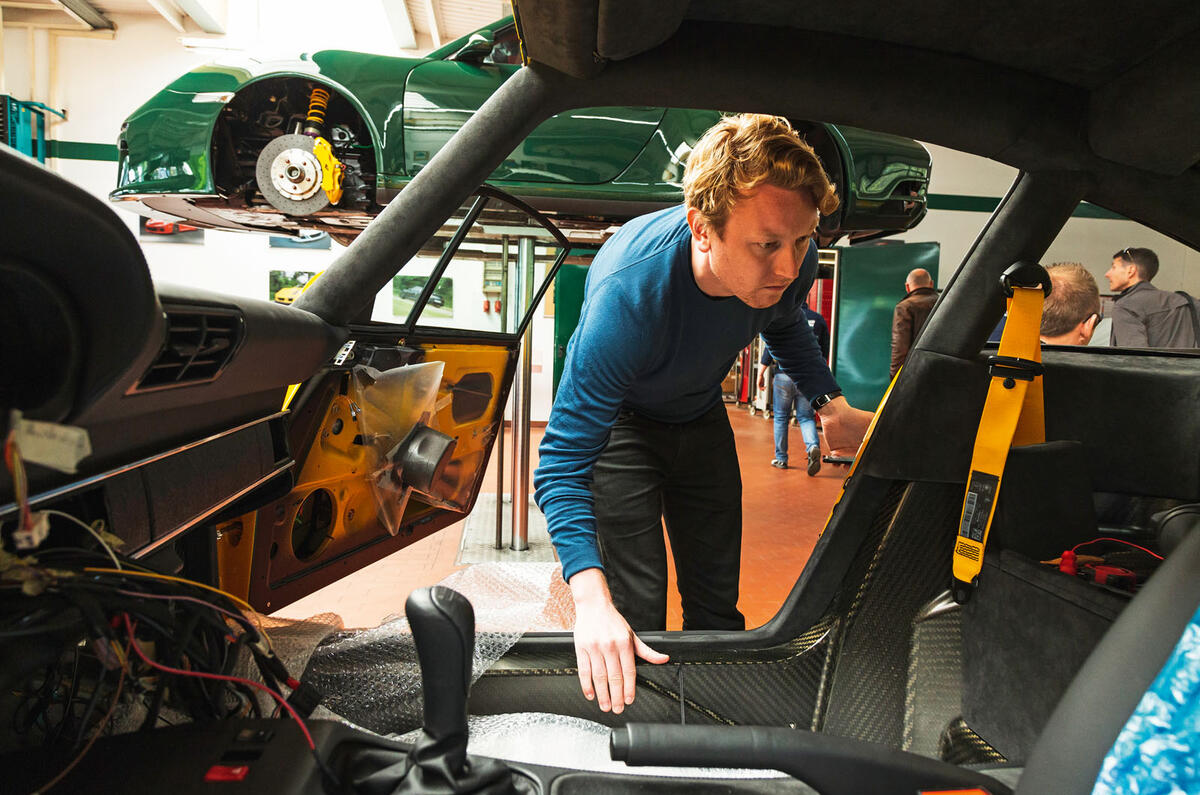
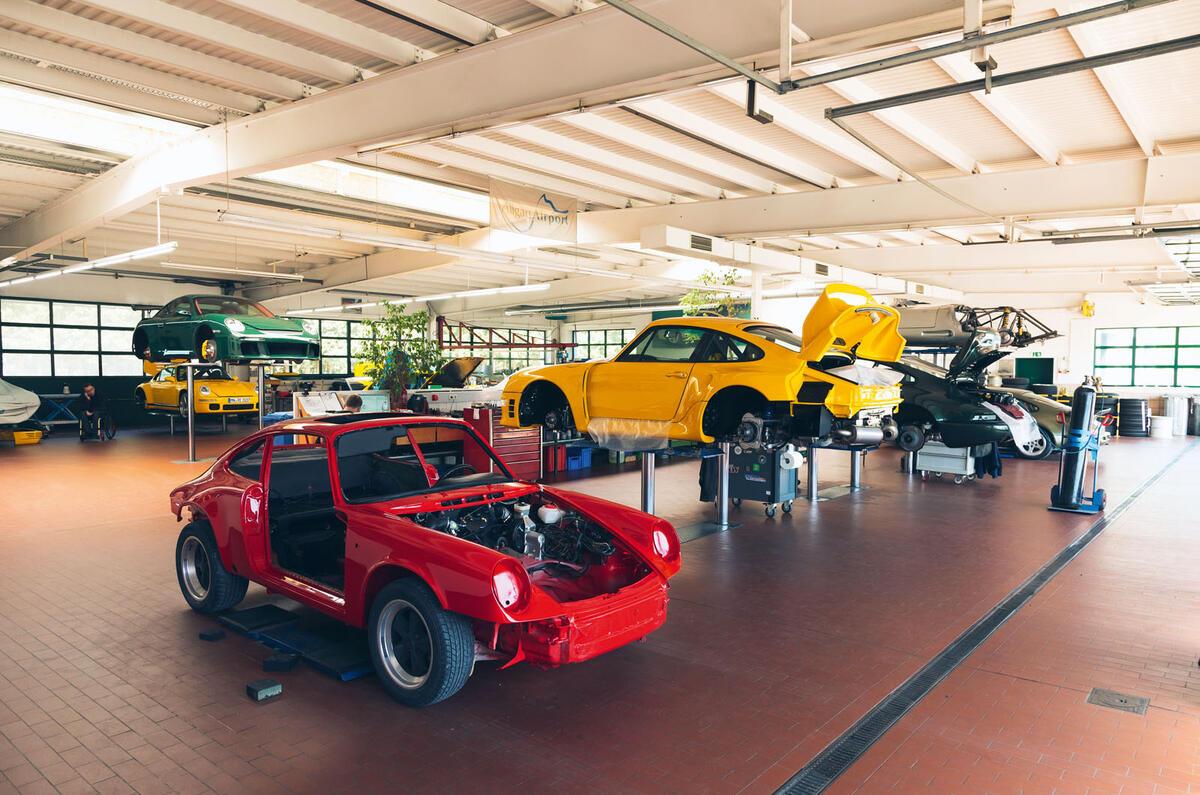

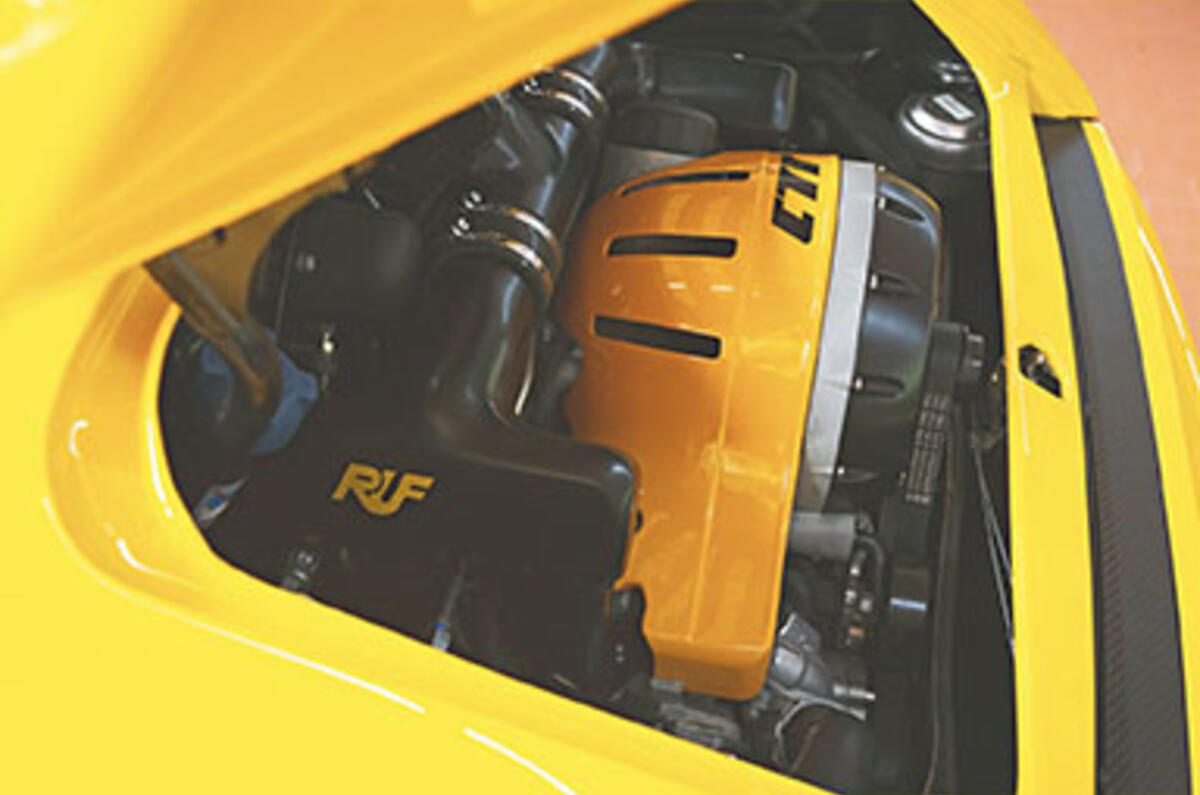
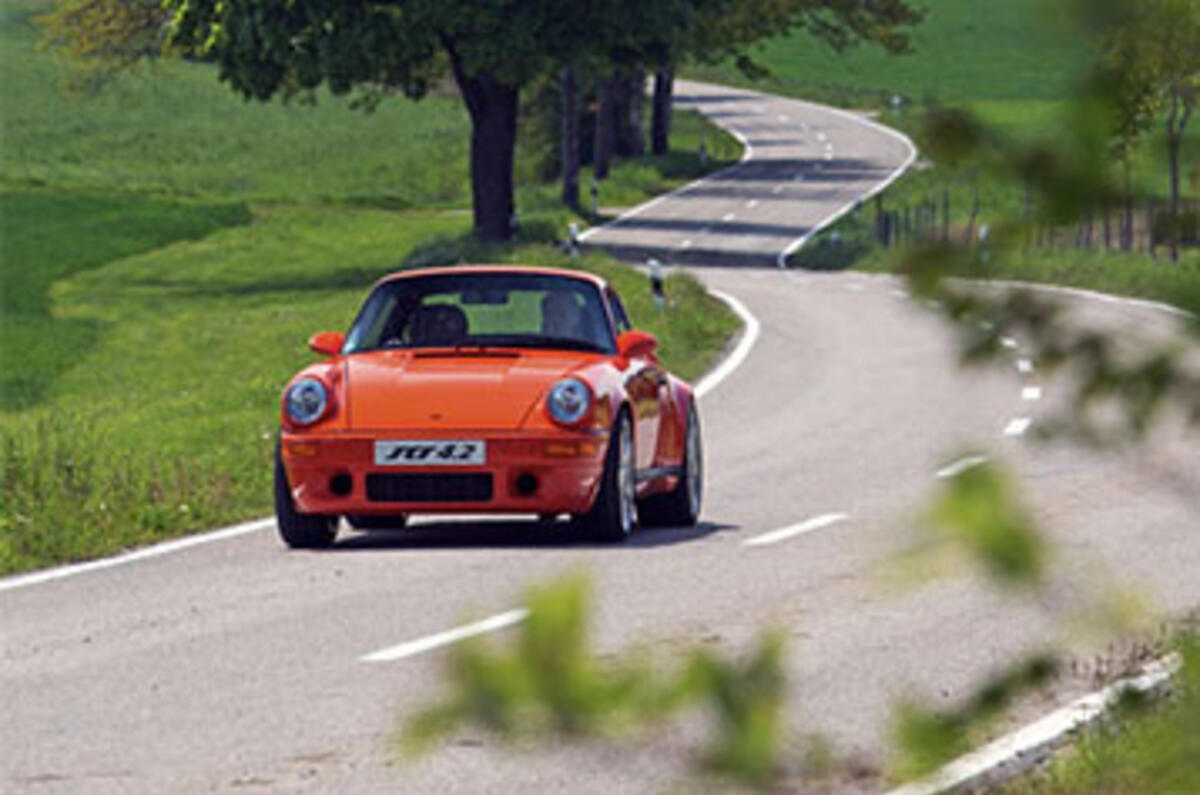
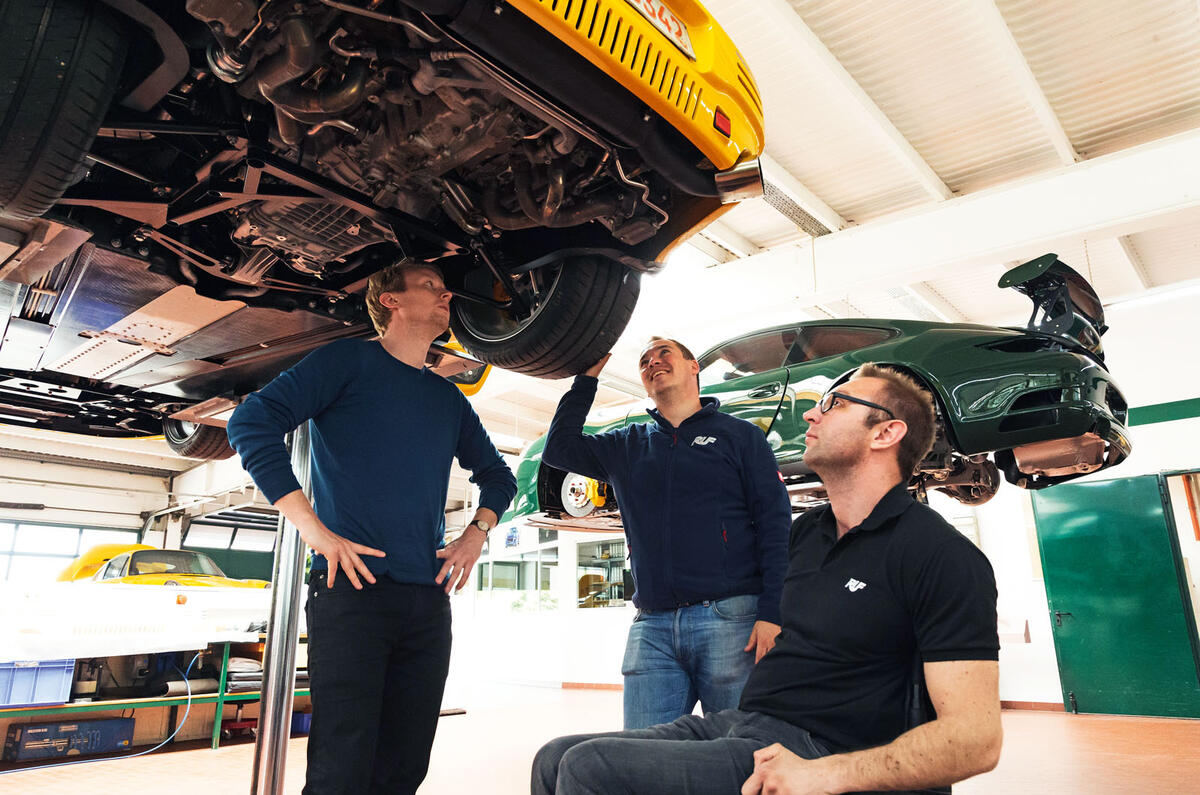
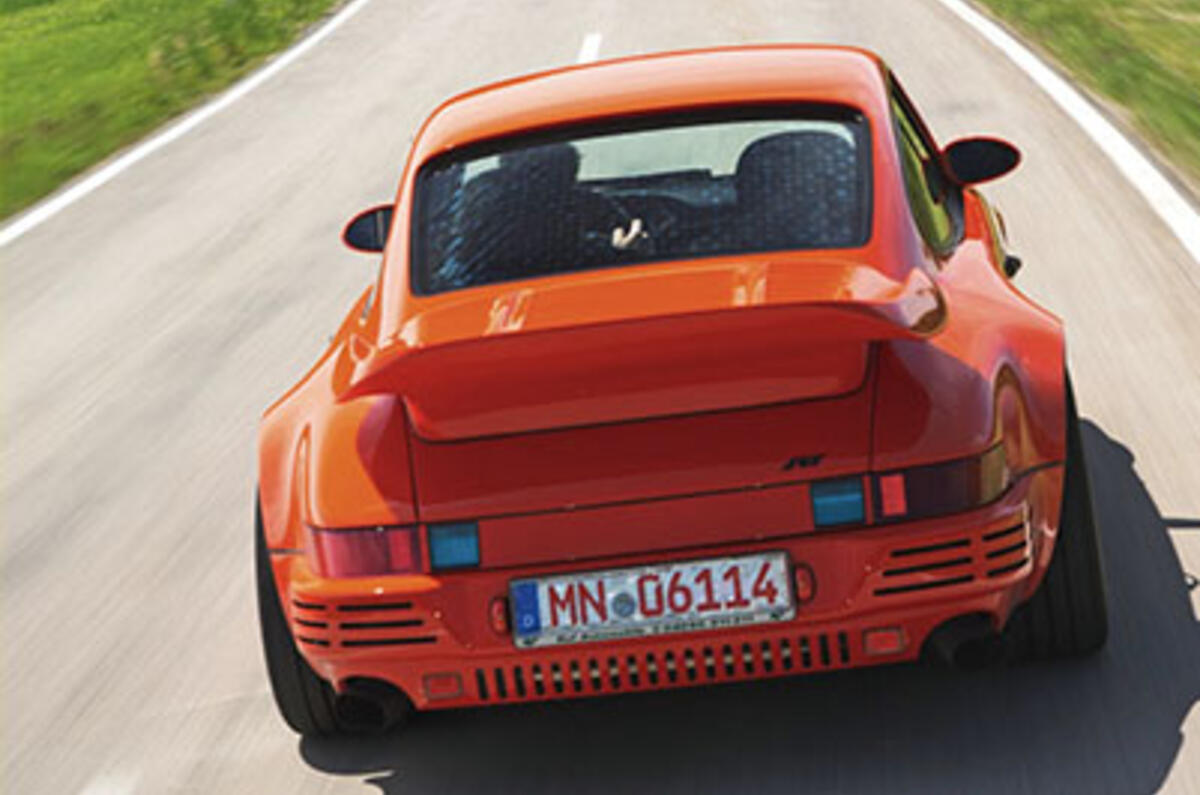

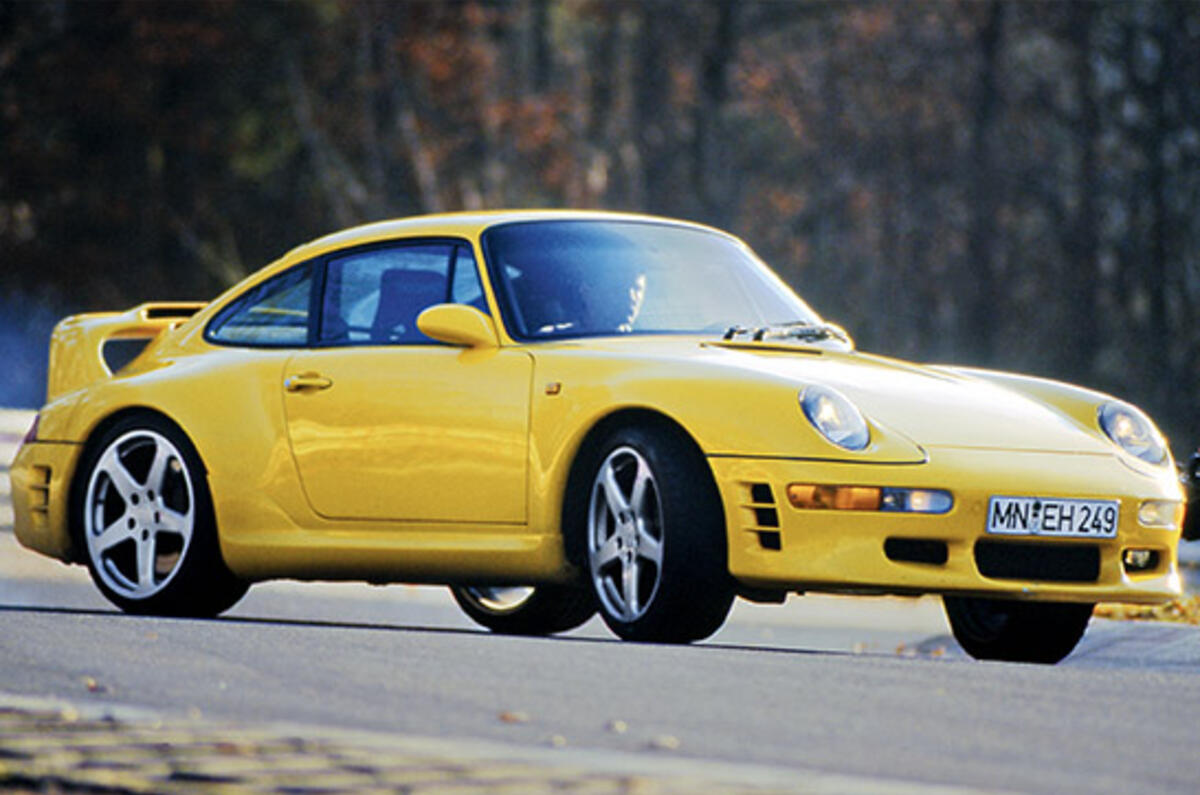
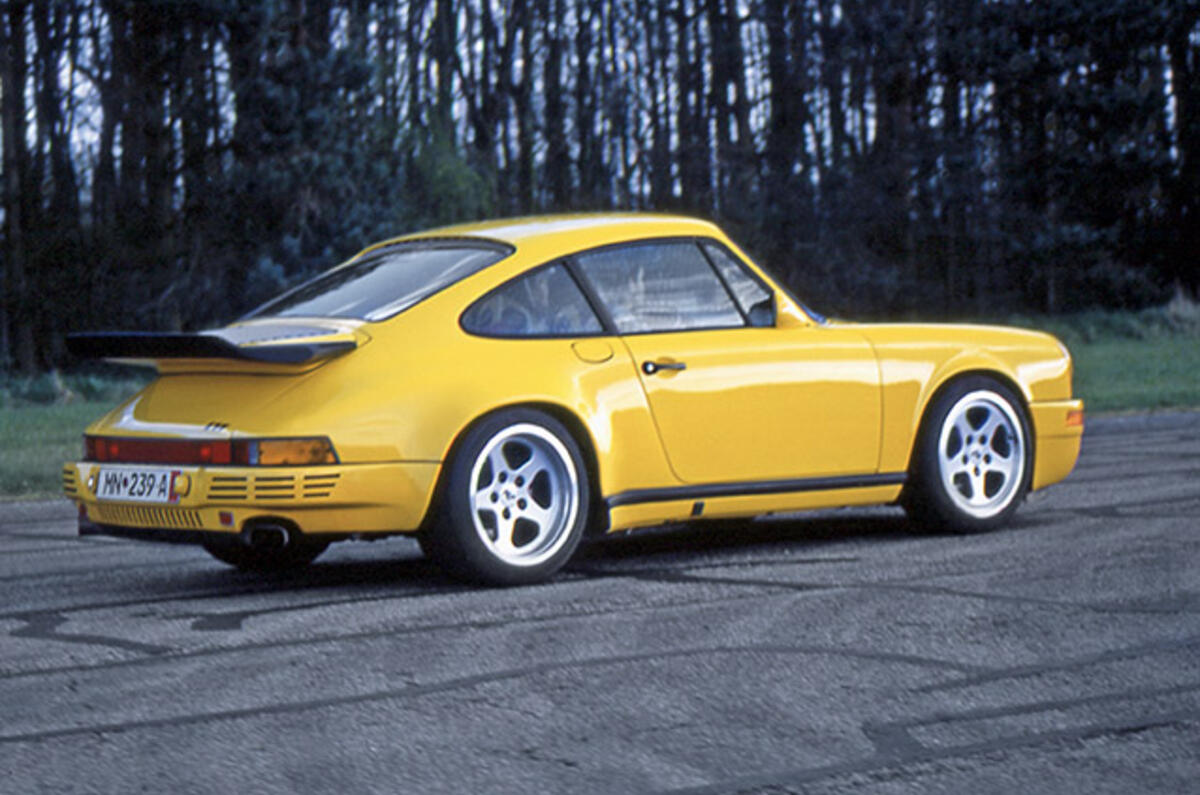

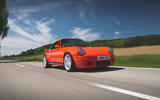


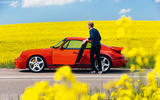

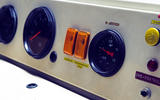


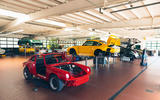
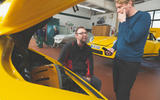

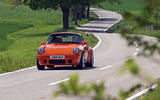
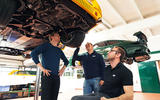
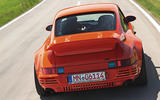
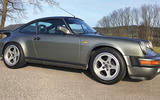

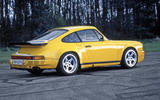







Join the debate
Add your comment
These are the cars that
Very cool.
eseaton wrote:
Agreed! What Ruf don't know about engineering Porsches, you could write on the head of a pin.
Ruf ruf!!!
A great article, but, have they ever done or were asked to do a 928...?
Peter Cavellini wrote:
Contact them/look it up.
Takeitslowly wrote:
Good boy... you managed a reasonable post
Well..
Peter Cavellini wrote:
Well, at least he didn't insult you.
Peter Cavellini wrote:
He doesn't respond to my posts anymore, too scared.